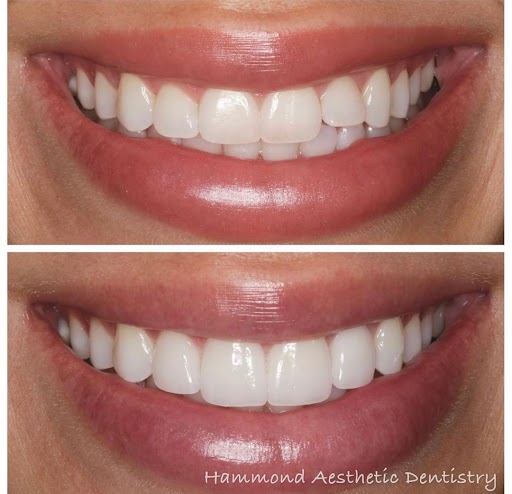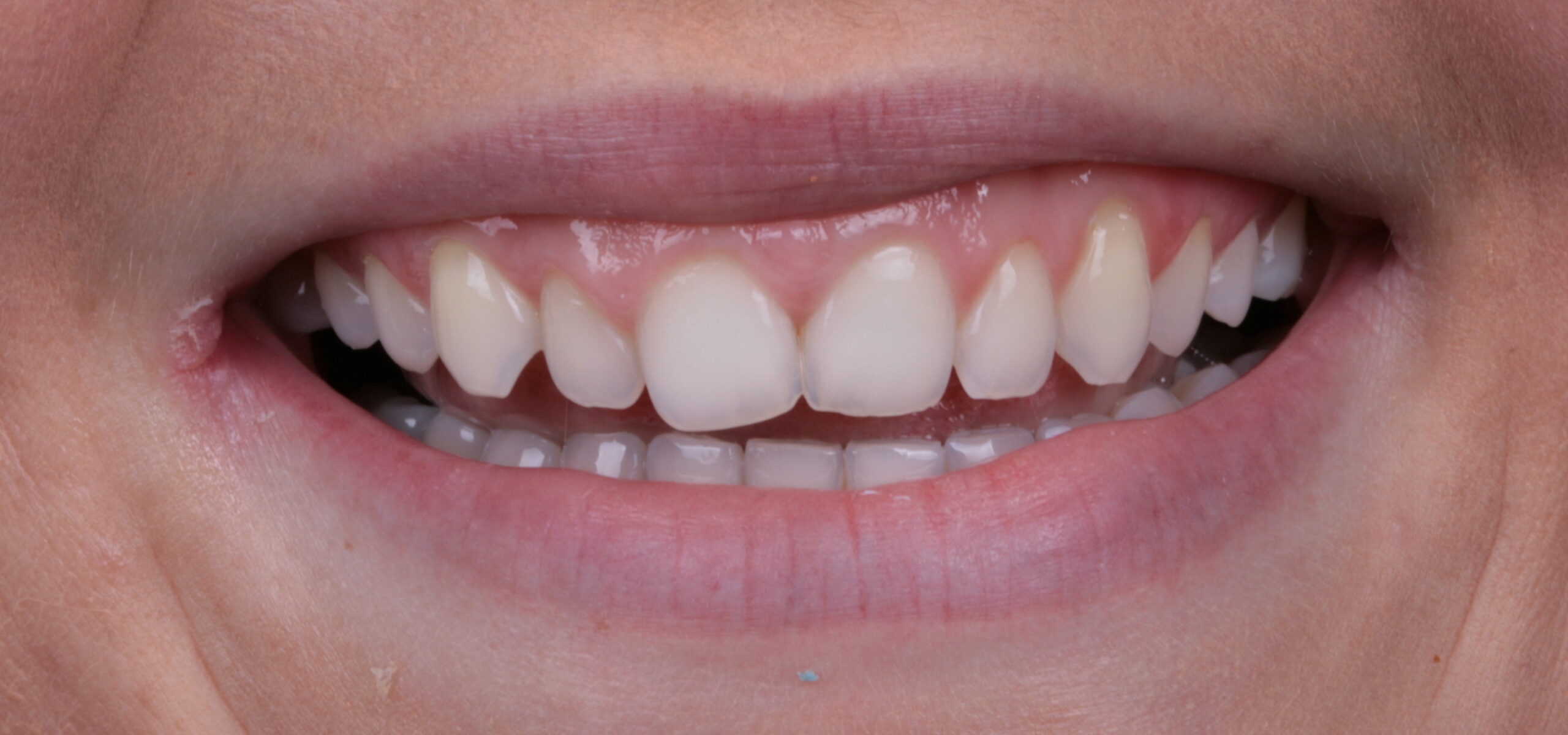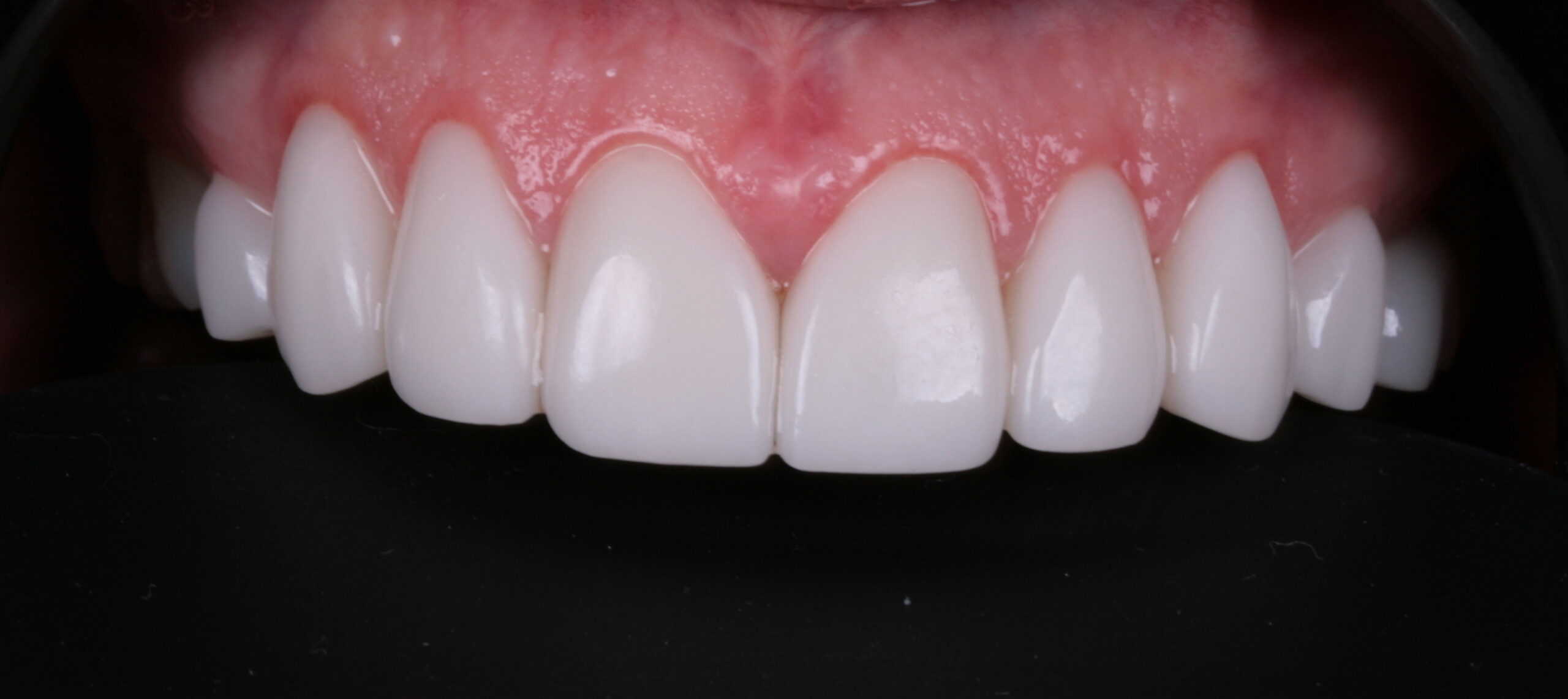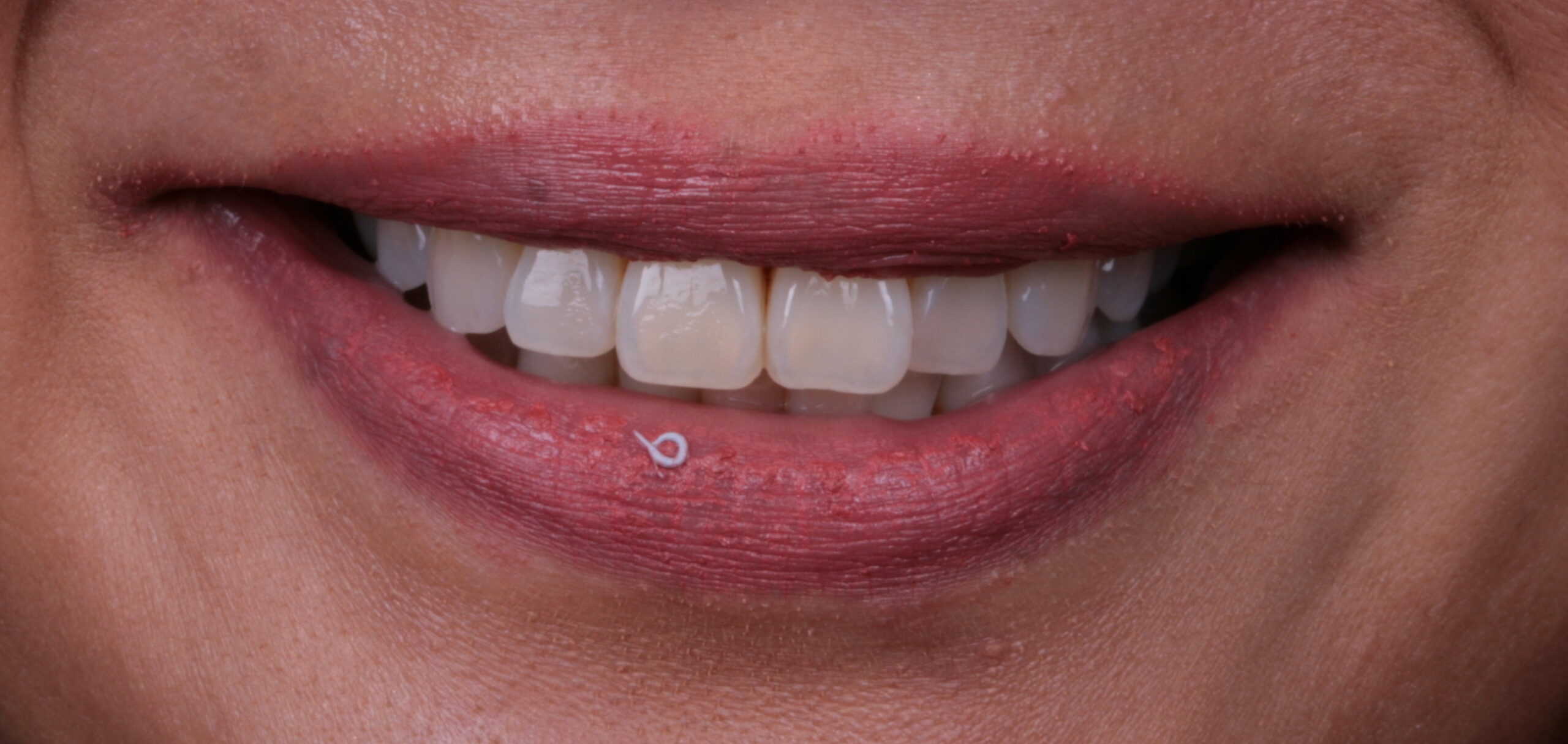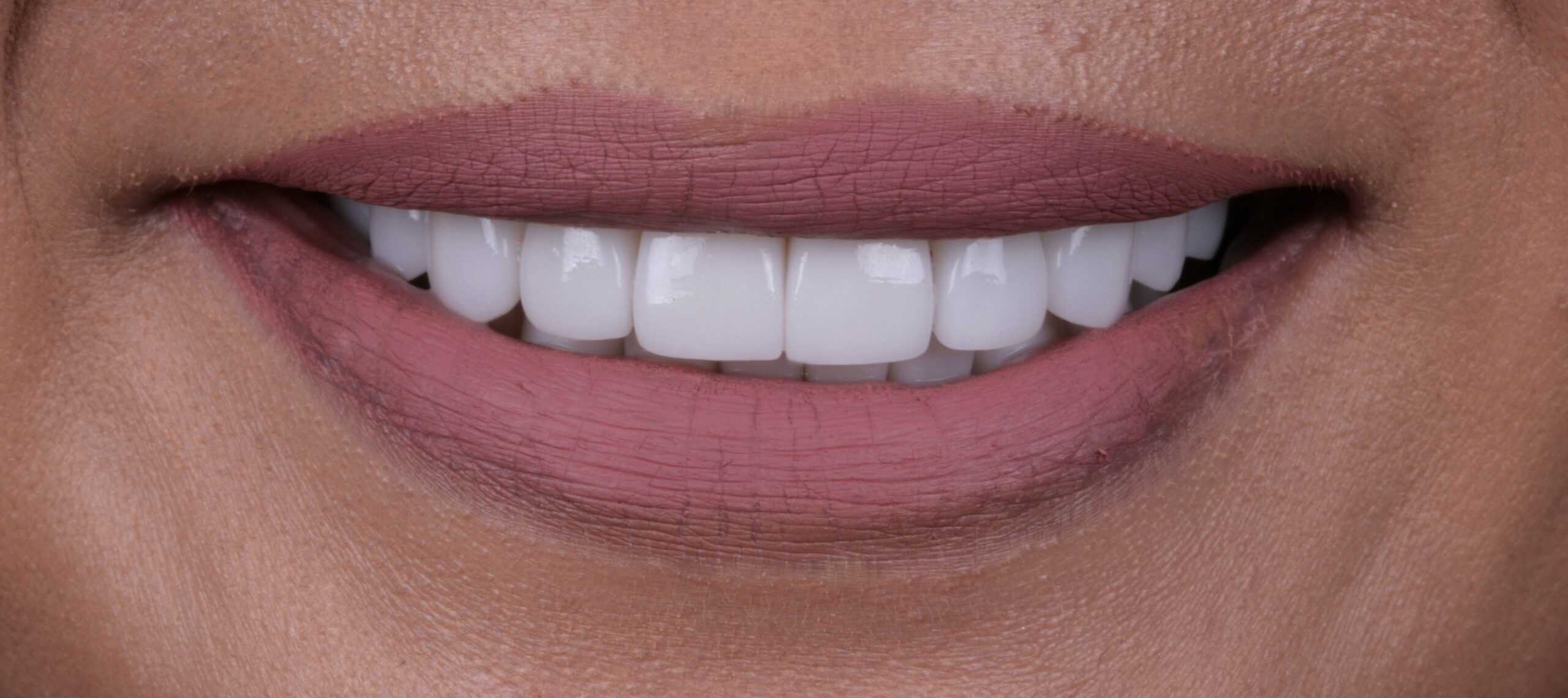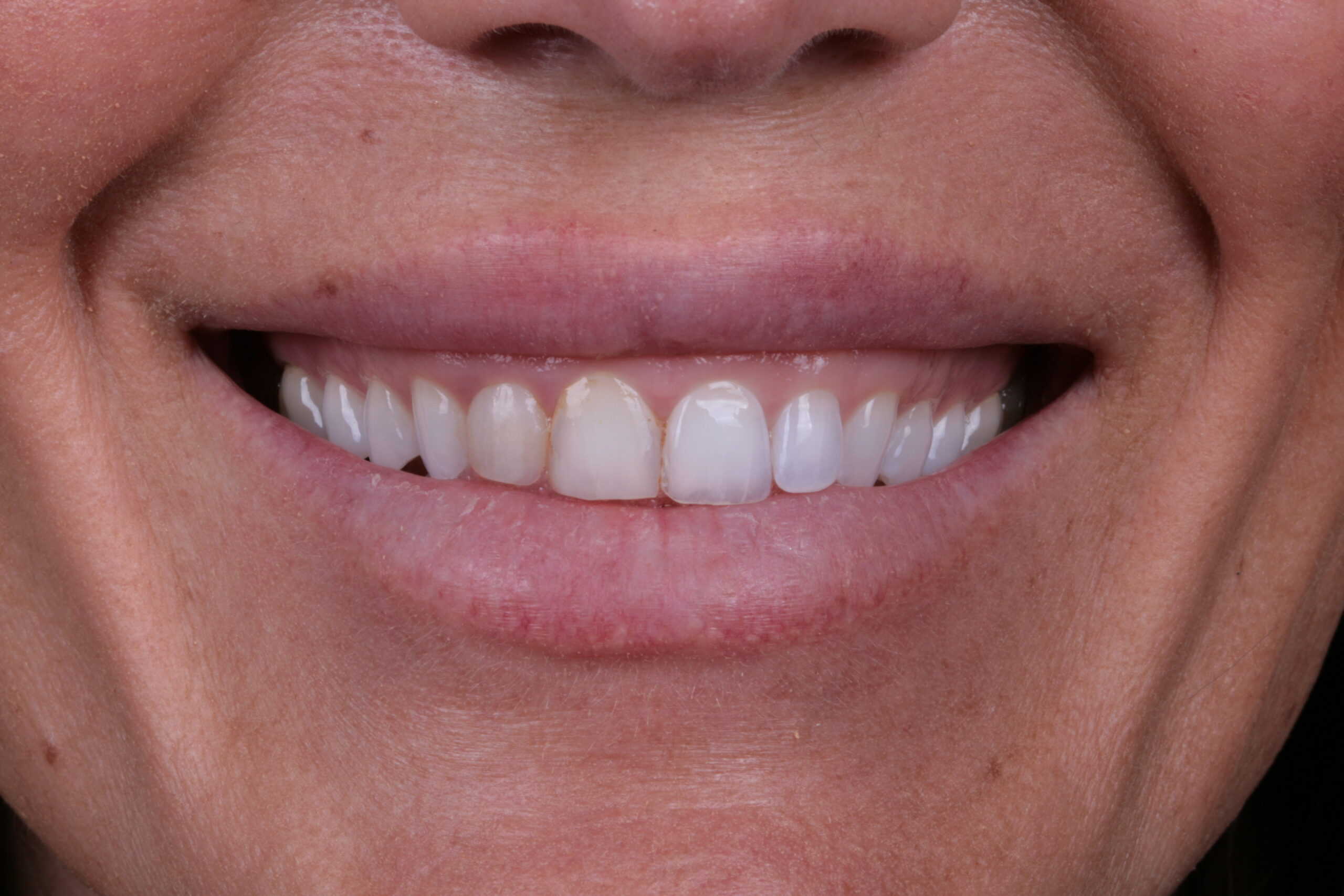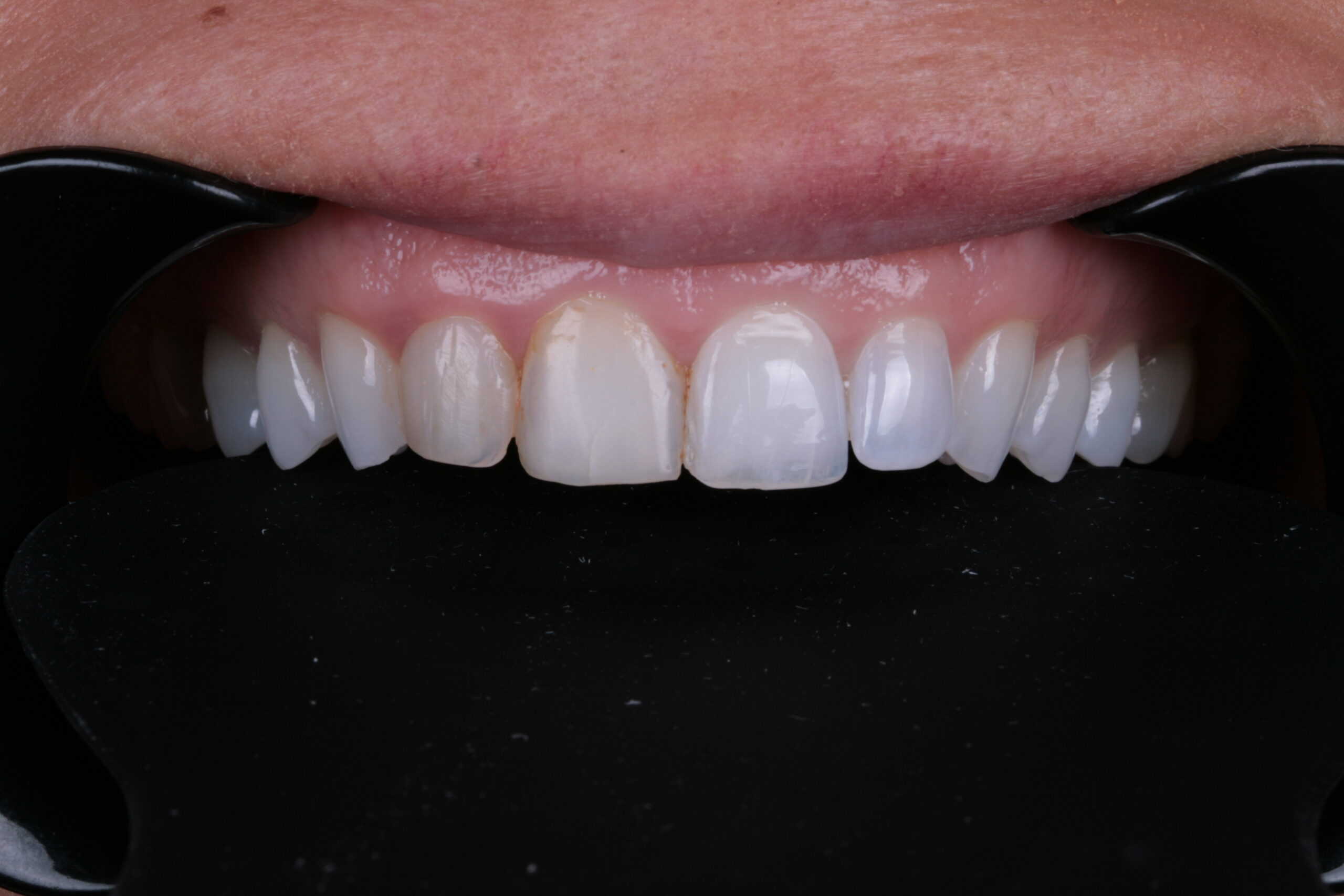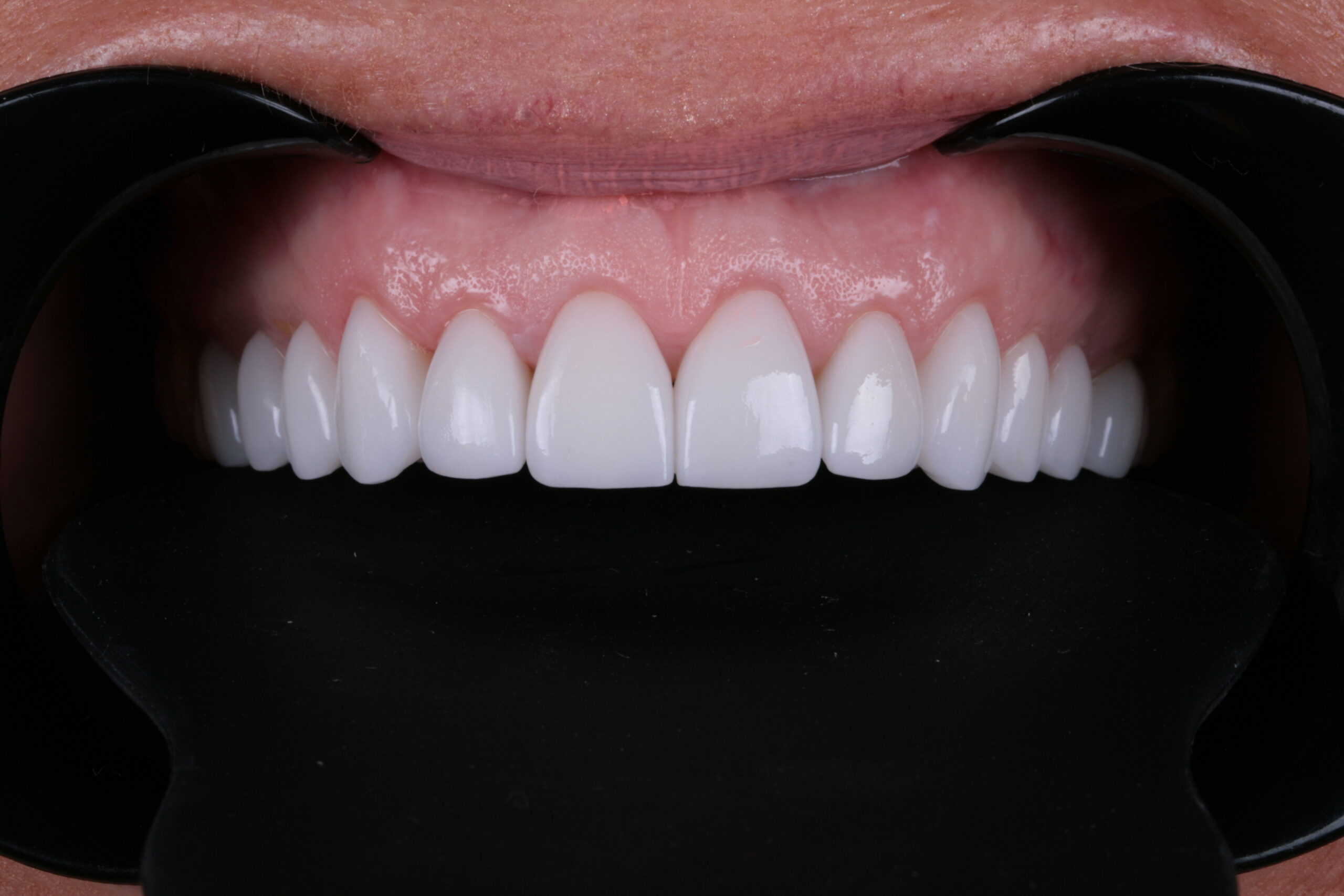Introduction
When it comes to orthodontic treatment, two popular options that often come up are retainers and aligners. Both serve the purpose of improving dental alignment, but they have distinct differences in terms of their design, function, and usage. In this article, we will delve into the dissimilarities between retainers and aligners, exploring how they work and when they are commonly used. By the end, you will have a comprehensive understanding of these orthodontic devices, enabling you to make an informed decision regarding your dental care.
Retainers: Stabilizing the Perfect Smile
What are Retainers?
Retainers are custom-made oral appliances typically composed of metal wires and acrylic material. They are specifically designed to retain the position of teeth after orthodontic treatment, such as braces. After the active phase of orthodontic treatment, retainers play a vital role in maintaining the corrected part of the teeth, preventing them from shifting back to their original misaligned state.
How do Retainers Work?
Retainers exert gentle and continuous pressure on the teeth, keeping them in their desired positions. By wearing retainers consistently, the teeth gradually adjust to their new alignment, and the surrounding tissues also adapt to the changes. This process helps to stabilize the corrected position, ensuring the long-term success of the orthodontic treatment.
Types of Retainers
Hawley Retainers: These retainers consist of a combination of metal wires and acrylic material. The metal wires hold the teeth in place, while the acrylic portion rests against the mouth or tongue roof, providing stability and support.
Essix Retainers: Essix retainers, also known as clear retainers, are made of transparent plastic material that fits snugly over the teeth. They are less noticeable than Hawley retainers and are famous for individuals concerned about aesthetics.
Fixed Retainers: Unlike removable retainers, fixed retainers are bonded to the back of the teeth using dental cement. These retainers offer a higher level of convenience as they are always in place, ensuring continuous retention.
When are Retainers Used?
Orthodontists typically prescribe retainers once the active phase of orthodontic treatment is completed. They are used to maintain the achieved results and prevent the teeth from relapsing into their previous positions. Depending on the individual’s orthodontic needs, retainers may be recommended for full-time or part-time wear. Following the orthodontist’s instructions regarding retainer usage is essential to ensure optimal outcomes.
Aligners: Invisible Alignment
What are Aligners?
Aligners, such as the popular Invisalign system, are an orthodontic treatment that gradually uses a series of clear, removable trays to shift the teeth into proper alignment. They are an alternative to traditional braces and offer a discreet and convenient option for individuals seeking orthodontic correction.
How do Aligners Work?
Aligners apply controlled forces to the teeth, gently guiding them into the desired positions over time. Each set of aligners is custom-made using advanced computer imaging technology to ensure a precise fit. Patients are typically instructed to wear each set of aligners for a specific duration, usually about two weeks, before progressing to the next stage. This progression continues until the teeth have reached their ideal alignment.
Advantages of Aligners
Invisibility: Aligners are virtually invisible when worn, allowing for more discreet orthodontic treatment. This makes them a popular choice for individuals who prefer a more aesthetic option than traditional braces.
Removability: Aligners are removable, allowing for easier oral hygiene maintenance. Unlike braces, there are no brackets or wires to navigate around during brushing and flossing. Patients can remove the aligners, clean their teeth thoroughly, and place them back in.
Comfort: Aligners are made of smooth plastic material, reducing the likelihood of oral irritation or discomfort often associated with traditional braces. There are no sharp edges or protruding components that can irritate the soft tissues of the mouth.
Convenience: Aligners require fewer visits to the orthodontist compared to braces. Patients typically receive multiple sets of aligners in advance and only need to visit their orthodontist periodically for progress check-ups.
When are Aligners Used?
Aligners commonly address orthodontic issues, including mild to moderate crowding, spacing, and certain bite irregularities. However, it is essential to consult with an orthodontist to determine if aligners are the appropriate treatment option for your specific case. Not all orthodontic conditions can be effectively treated with aligners alone, and in some instances, traditional braces may be recommended.
Conclusion
Retainers and aligners are valuable orthodontic tools that serve distinct purposes in maintaining dental alignment. Retainers stabilize the corrected position of the teeth, preventing them from shifting after orthodontic treatment. On the other hand, aligners gradually move the teeth into proper alignment, offering a discreet and convenient alternative to traditional braces. Each option has its advantages and considerations, and it is crucial to consult with a qualified orthodontist to determine the most suitable treatment for your individual needs. By understanding the differences between retainers and aligners, you can make an informed decision and take a step closer to achieving your desired smile. Remember, proper dental care and regular visits to your orthodontist are essential for long-term oral health and a confident smile.

